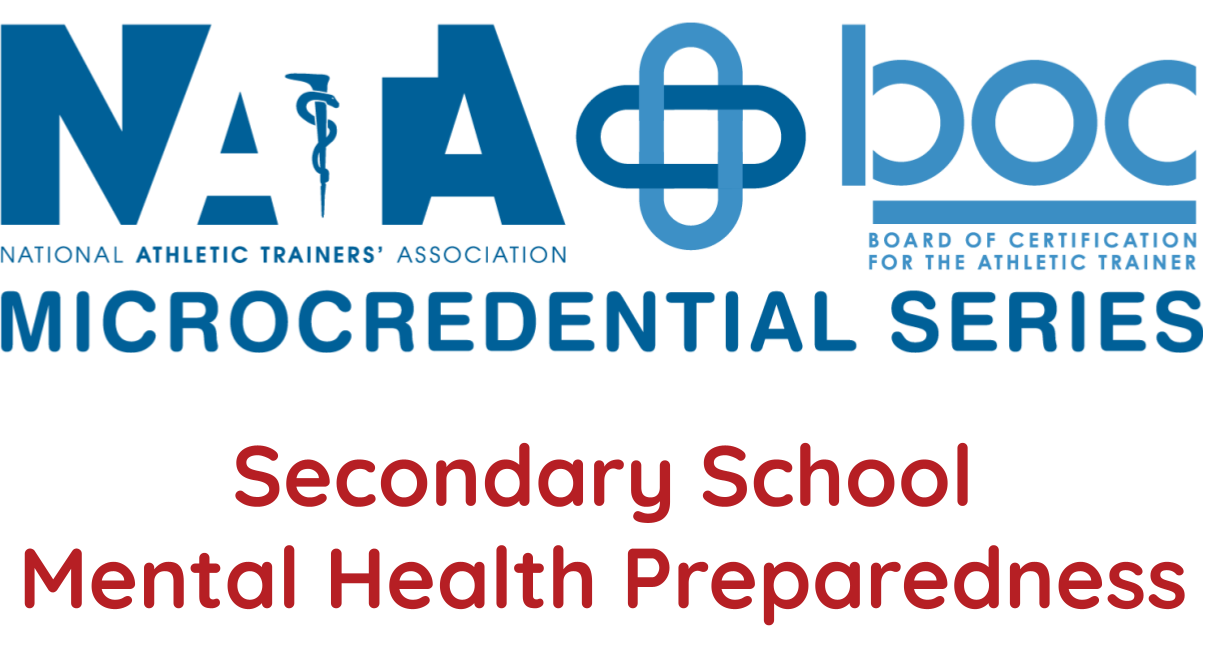
Use of Lifesaving Medications by Athletic Trainers
-
Register
- Non-member - $25
- Member - Free!
- Student - Free!
- Staff - Free!
- Certified Student - Free!
- Retired - $15
Abstract:
Every day, ATs face the potential of having to manage life-threatening situations. A critical component of providing emergency care is the administration of lifesaving medications. All ATs must be prepared to administer the small collection of lifesaving medications delineated in the 2020 CAATE standards. This preparation includes knowing the indications for, contraindications to, and procedures for administering each medication. Additionally, the AT needs to understand the details of patient monitoring for each drug and use clinical judgment to determine when 911 should be activated. It also involves ensuring that policies and procedures—consistent with state laws and regulations—are established to help guide the AT in the administration of these medications
Learning Objectives:
- Understand the emergency medications covered in the CAATE Standards
- List and describe the emergency medications used by athletic trainers
- Manage emergency situations with appropriate emergency medications
Level:
Essential
Domain(s):
Domain 3: Critical Incident Management
CEUs:
1.0 Category A
Keywords: emergency medications, rescue medications, emergency treatment, life saving medications, Narcan, overdose, naloxone, aspirin, albuterol, nitroglycerine, oxygen, glucose, epinephrine
On-Demand (Enhanced Access) Course Expiration:
Courses registered for after February 5, 2025, must be completed by December 31, 2025, at 11:59 p.m. CST.
For full details, refer to the expiration policy on our FAQ page.
Mark Hoffman, PhD, ATC, EMT, FNATA
Dr. Mark Hoffman, PhD, ATC, EMT, FNATA, is a professor at Oregon State University's College of Health.
Academic interests
Understanding and improving factors influencing the health, wellness, and safety of wildland firefighters. More specifically, this work is currently focused on the medical services provided to wildland fire personnel working on large scale incidents.
Understanding the intersections between Athletic Training and Public Health and supporting both professions in collaborative efforts to improve the public health of the communities of physically active individuals.

